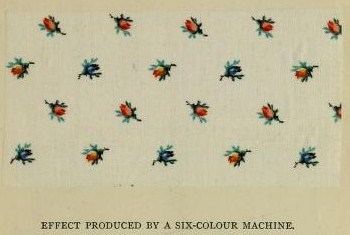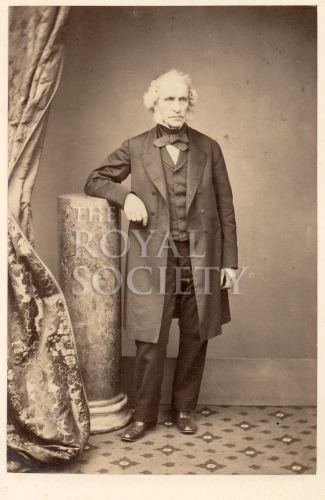Name Walter Crum | ||
 | ||
Died 1867, Thornliebank, United Kingdom | ||
Education University of Strathclyde | ||
Walter Crum (1796 – 1867) was a Scottish chemist and businessman. He became a Fellow of the Royal Society in 1844.
Contents

Life
He was born in Glasgow, the second son of Alexander Crum of Thornliebank, a merchant there, and of Jane, the eldest daughter of Walter Ewing Maclae; the politician Humphrey Ewing Crum-Ewing was his younger brother. His sister Margaret Fisher Crum married John Brown as his second wife, and was mother of Alexander Crum Brown.
Walter Crum studied at Anderson's University under Thomas Graham. He then worked for James Thomson, for two years, before going into the same business, the printing of calico, on his own account. He directed the existing family firm at Thornliebank, already large employers, into dyeing, particularly with Turkey red.
Crum purchased the Birkenshaw Estate (later Rouken Glen Park). He was an early collector of photographs.
Family
Crum married Jessie, daughter of William Graham. Their children included:
